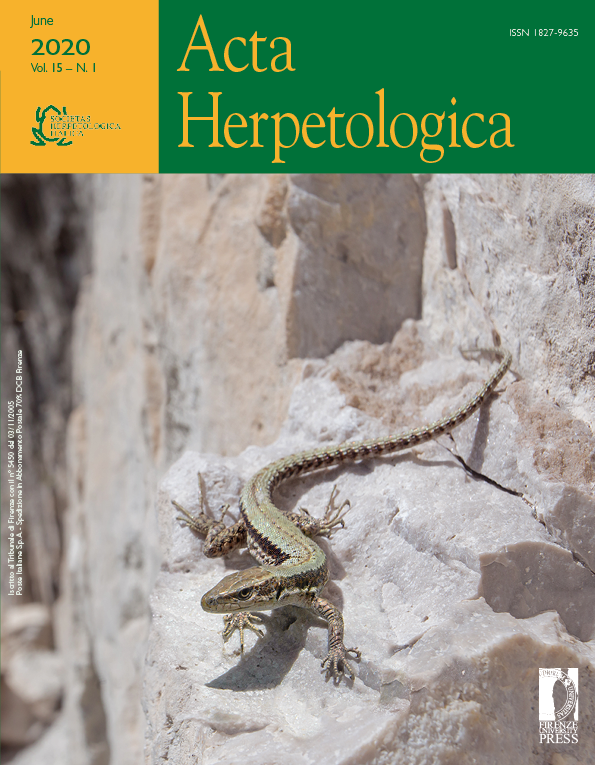An overview of research regarding reservoirs, vectors and predators of the chytrid fungus Batrachochytrium dendrobatidis
Published 2020-05-17
Keywords
- Batrachochytrium dendrobatidis,
- crayfish,
- reptiles,
- Daphnia,
- fish
- caecilians,
- alternate hosts ...More
How to Cite
Abstract
This review presents an overview of research from 1998-2018 regarding interactions of Batrachochytrium dendrobatidis with both potential hosts and predators. To this end, 23 different studies collected from the Web of Science database along with two external journals were utilized, encompassing numerous taxonomic groups. Numerous groups of animals were identified as potential vectors for the fungus, with crayfish and reptiles standing as the most prominent and consistent non-amphibian hosts warranting their inclusion in any future broadscale distribution surveys. an important area for future research. Additionally, Daphnia were noted to serve as predators of the zoospores when exposed in mesocosm scenarios, reducing infection levels in corresponding tadpoles. Caecilians have also been observed to be carriers of Bd, though the level as to which the chytrid impacts these organisms needs to be further researched. In total, this review indicates that future research needs to begin including freshwater crustaceans, caecilians and reptiles in field studies for presence/absence, while a broader range of taxa need to be tested to see whether they serve as vectors or hosts in natural scenarios.






